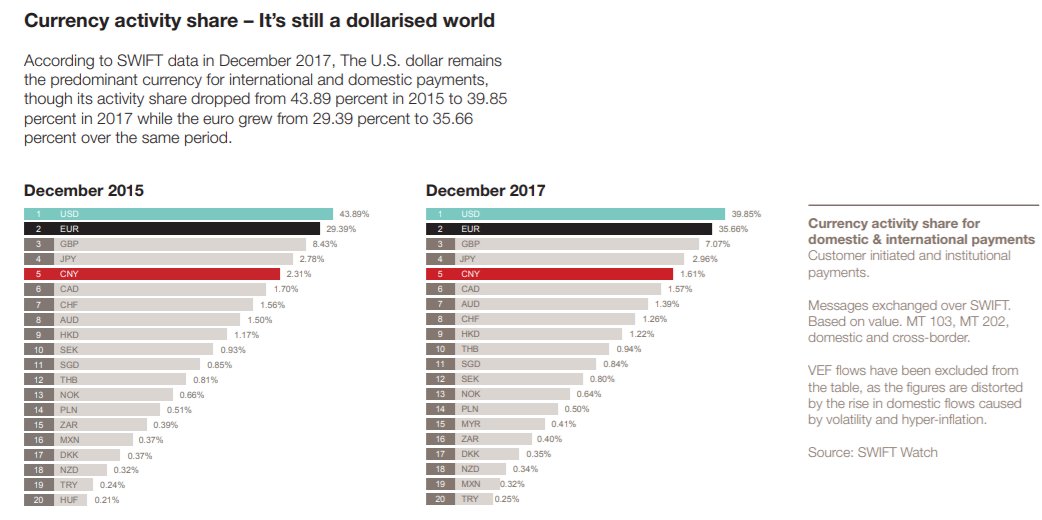Classic clown make-up was designed to create recognizable characters with visible expressions who could be in the center of a large arena or auditorium and still convey emotions to the audience in the seats.
Bring it in. Tone it down. A Shakespearean actor doesn't *play to the balcony* when doing a street performance.
My point here is not about clowns or clowning, but about media and art. The medium affects the art and the art affects the medium.
It pays to be conscious and conscientious about this.











